Moles are small clusters of pigmented cells that appear on the skin’s surface. Most are harmless, but some can change in shape, size, or color — raising concerns about skin health. Many individuals wonder if removing moles is necessary for maintaining healthy skin. In the heart of the UAE, Moles Removal in Dubai has become a sought-after option for those who prioritize both skin aesthetics and dermatological safety. This article explores when mole removal becomes essential, the health implications of moles, and why professional evaluation is key to long-term skin wellness.
Understanding What Moles Really Are
Moles, medically known as nevi, are common skin growths made up of melanocytes — the cells responsible for producing skin pigment. They can appear anywhere on the body, either present at birth or developing over time due to factors like:
- Sun exposure
- Hormonal changes (such as puberty or pregnancy)
- Genetic predisposition
Do All Moles Need to Be Removed?
Not all moles require removal. In fact, the majority are harmless and can remain on the skin without causing any health issues. However, removal may be recommended for one of the following reasons:
| Reason for Removal | Description |
|---|---|
| Suspicious Changes | Moles that grow, bleed, itch, or change color may indicate potential malignancy. |
| Irritation | Moles located in areas prone to friction (e.g., under clothing straps or shaving zones) can become irritated or inflamed. |
| Cosmetic Concerns | Some individuals prefer removal for aesthetic reasons, especially if the mole appears on visible areas like the face or neck. |
| Preventive Health | In rare cases, dermatologists recommend removing moles with unusual characteristics to prevent complications. |
When to Seek Professional Evaluation
Recognizing the warning signs of a potentially problematic mole is crucial. Dermatologists often use the ABCDE rule to assess moles:
| Characteristic | Warning Sign |
| Asymmetry | One-half of the mole doesn’t match the other. |
| Border | Irregular, blurred, or jagged edges. |
| Color | Uneven pigmentation with multiple shades. |
| Diameter | Larger than 6mm (about the size of a pencil eraser). |
| Evolving | Any change in size, shape, or symptoms over time. |
The Connection Between Moles and Skin Health
Healthy skin often has moles, but understanding their behavior is vital. Here’s how moles can influence skin health:
- Early Detection of Skin Conditions
Changes in moles can act as early indicators of skin abnormalities. Regular monitoring helps catch potential issues before they escalate. - Sun Damage Awareness
Moles that darken or multiply after sun exposure can signal UV damage. Using sunscreen and avoiding excessive sun exposure are critical preventive steps. - Skin Balance and Regeneration
Healthy skin regenerates cells efficiently. When moles behave abnormally, it may indicate that the natural regenerative cycle has been disrupted by genetic or environmental factors. - Confidence and Comfort
While health is the primary concern, feeling comfortable in one’s skin also contributes to overall wellness. Addressing visible or uncomfortable moles can enhance both confidence and comfort.
Common Myths About Mole Removal
There are many misconceptions about mole removal that can mislead individuals. Let’s address some of the most common myths:
| Myth | Truth |
| Removing a mole spreads cancer. | Removing a mole does not cause cancer. Instead, it helps detect or prevent malignancy. |
| All dark moles are dangerous. | Many dark moles are benign; only those showing irregular features are cause for concern. |
| You can safely remove moles at home. | Home removal is risky and can lead to infection, scarring, or misdiagnosis. Always consult a professional. |
| Moles don’t change after adulthood. | Moles can change at any age, especially with hormonal or sun-related triggers. |
FAQ’s
Are all moles potentially cancerous?
No, most moles are benign. However, any mole that changes in shape, color, or size should be evaluated by a dermatologist.
Does removing a mole prevent skin cancer?
Removing a suspicious mole can prevent complications if it shows signs of abnormal growth, but not all mole removals are cancer-preventive.
How often should I check my moles?
It’s best to examine your skin monthly and schedule an annual dermatological screening to ensure ongoing skin health.
Can moles disappear on their own?
Some moles may fade or disappear naturally over time, especially flat or light-colored ones. However, the sudden disappearance of a dark mole should be assessed.
What is the safest way to manage moles?
Professional consultation, regular monitoring, and proper sun protection are the safest strategies for managing moles.
Conclusion
Mole treatments are a normal and often harmless part of the skin’s makeup, but their health implications should not be overlooked. While most moles do not require removal, changes in their appearance or discomfort warrant professional evaluation. By maintaining good skincare habits and scheduling regular check-ups, individuals can ensure that their skin remains healthy and radiant. For those seeking expert assessment and personalized care, Dynamic Life Clinics offers professional dermatological services designed to support long-term skin health and confidence.


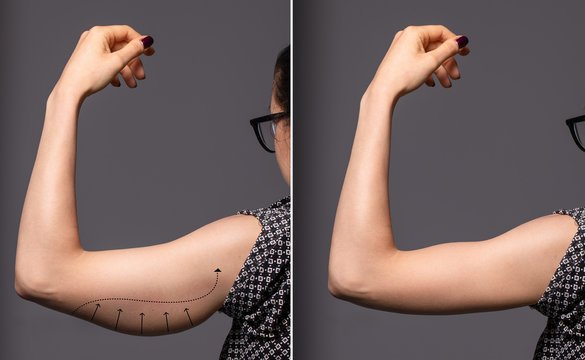


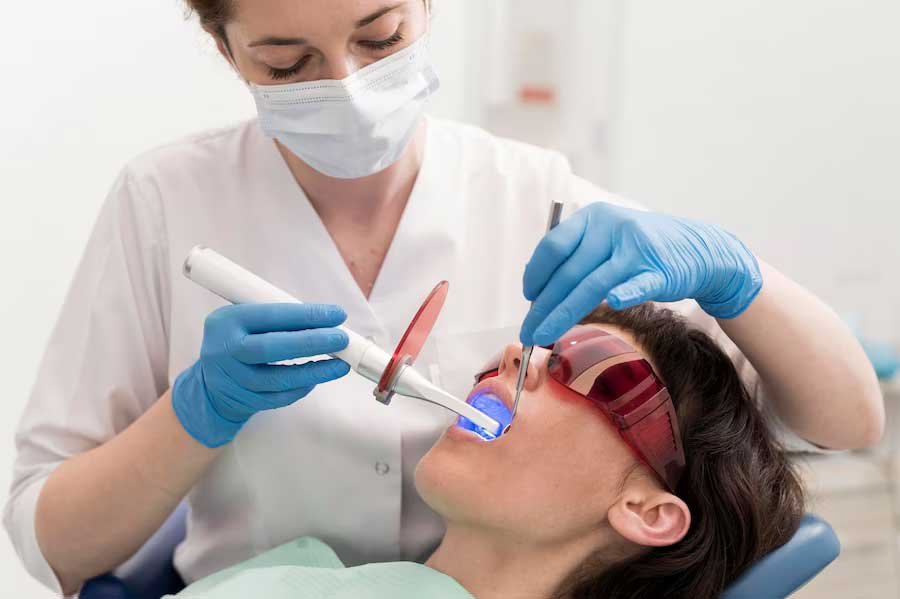

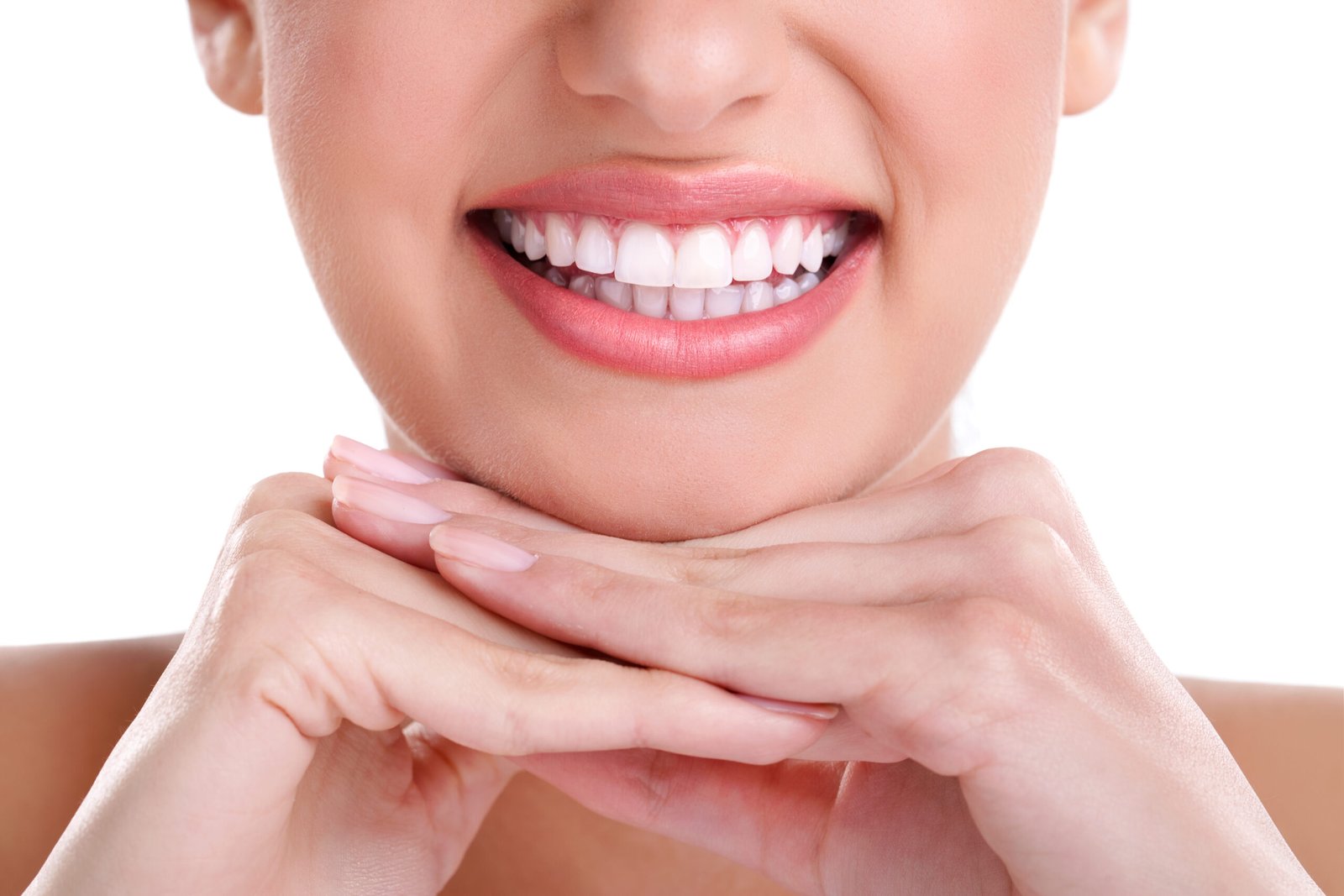
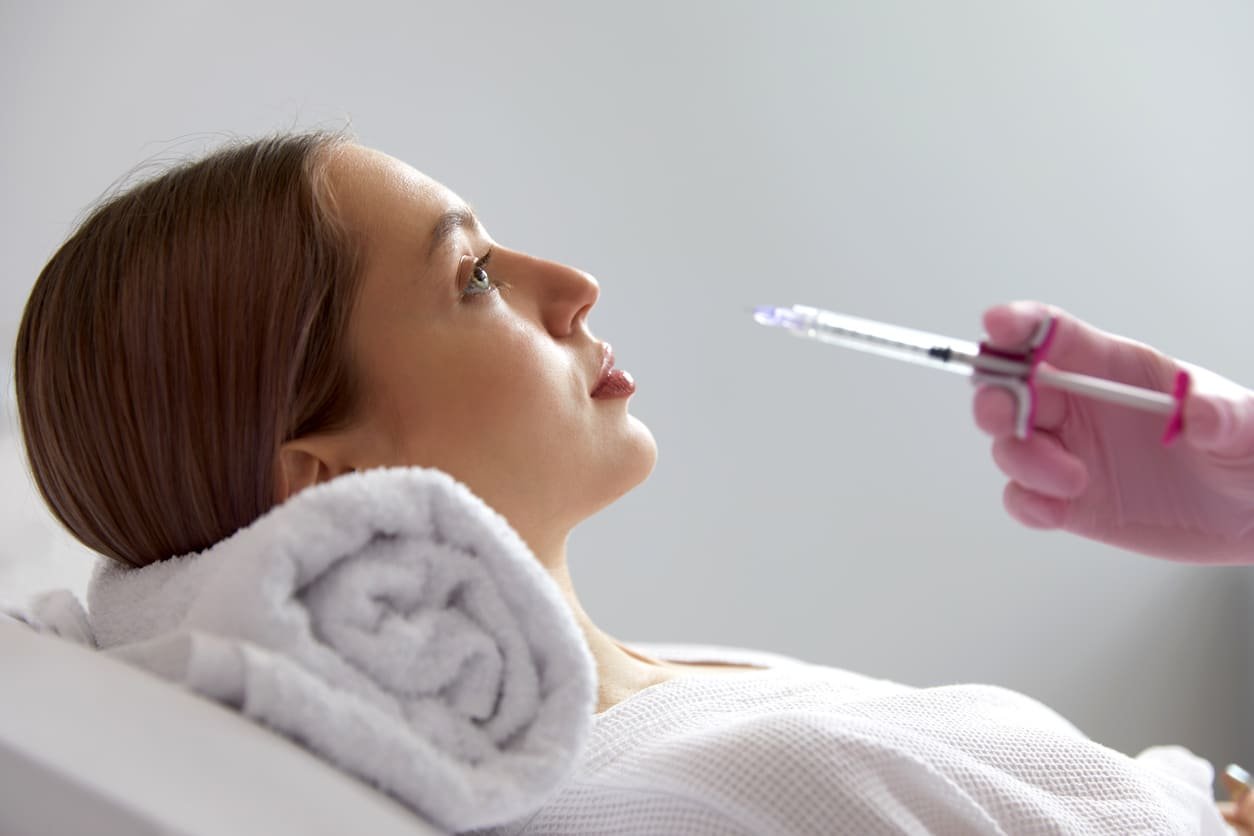

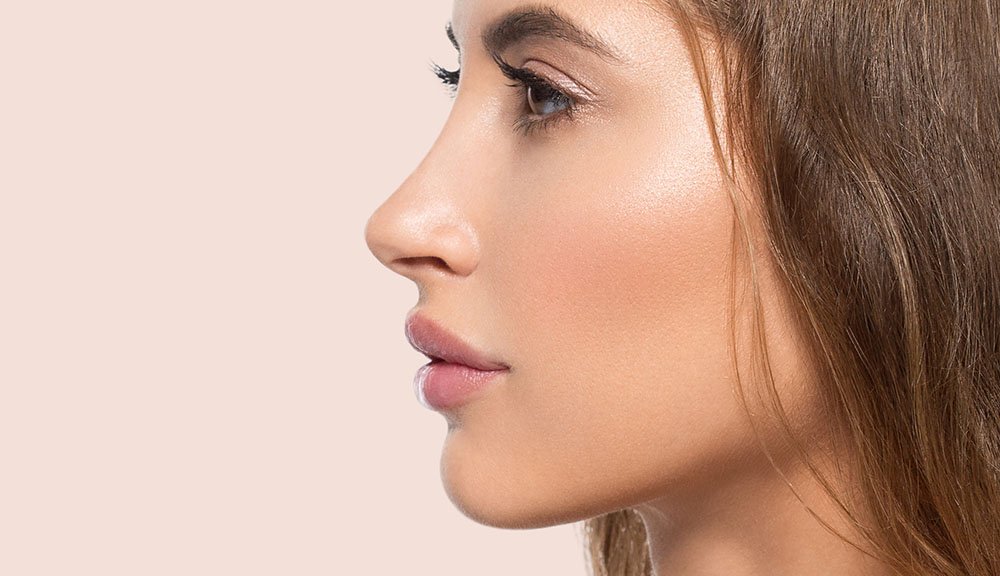





Leave a Reply